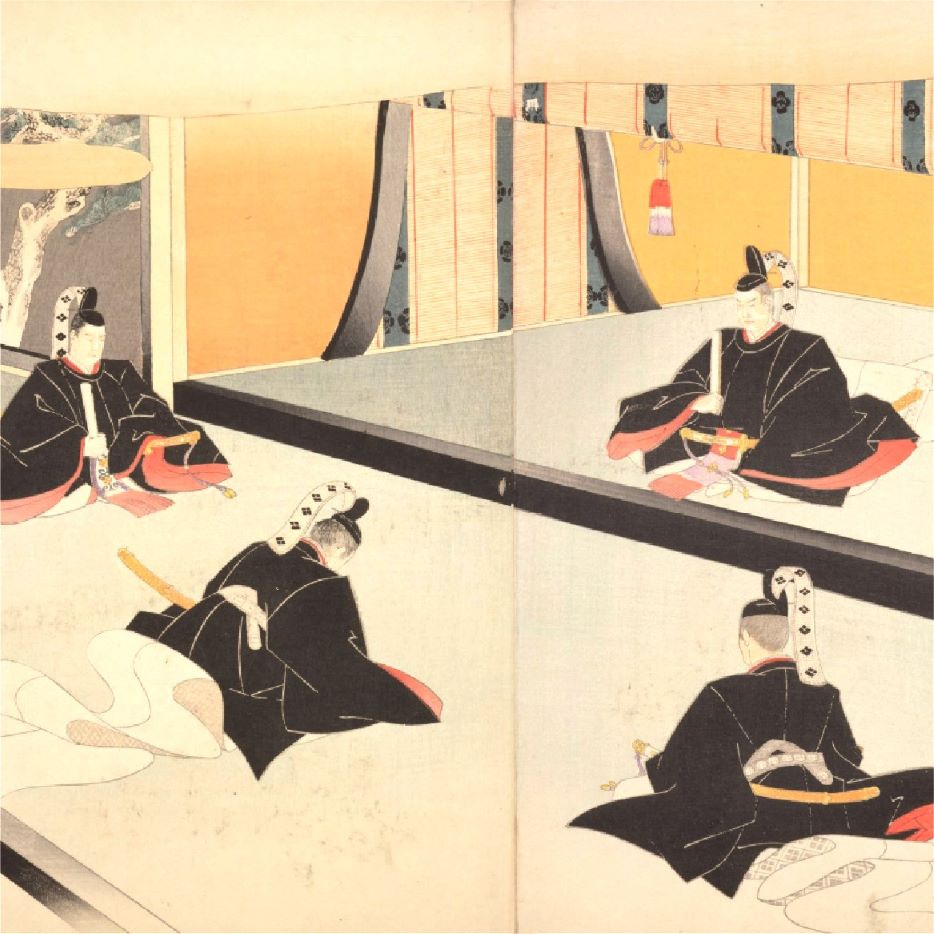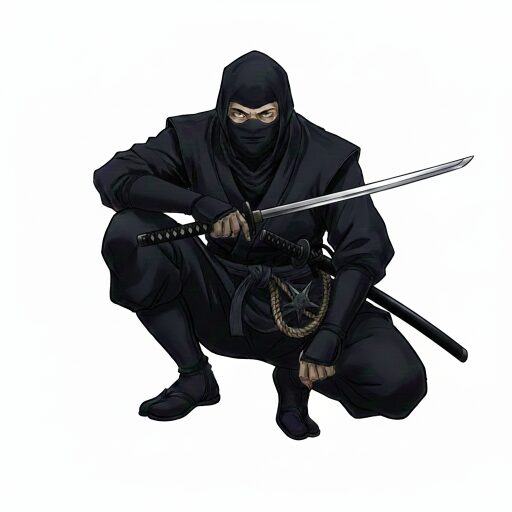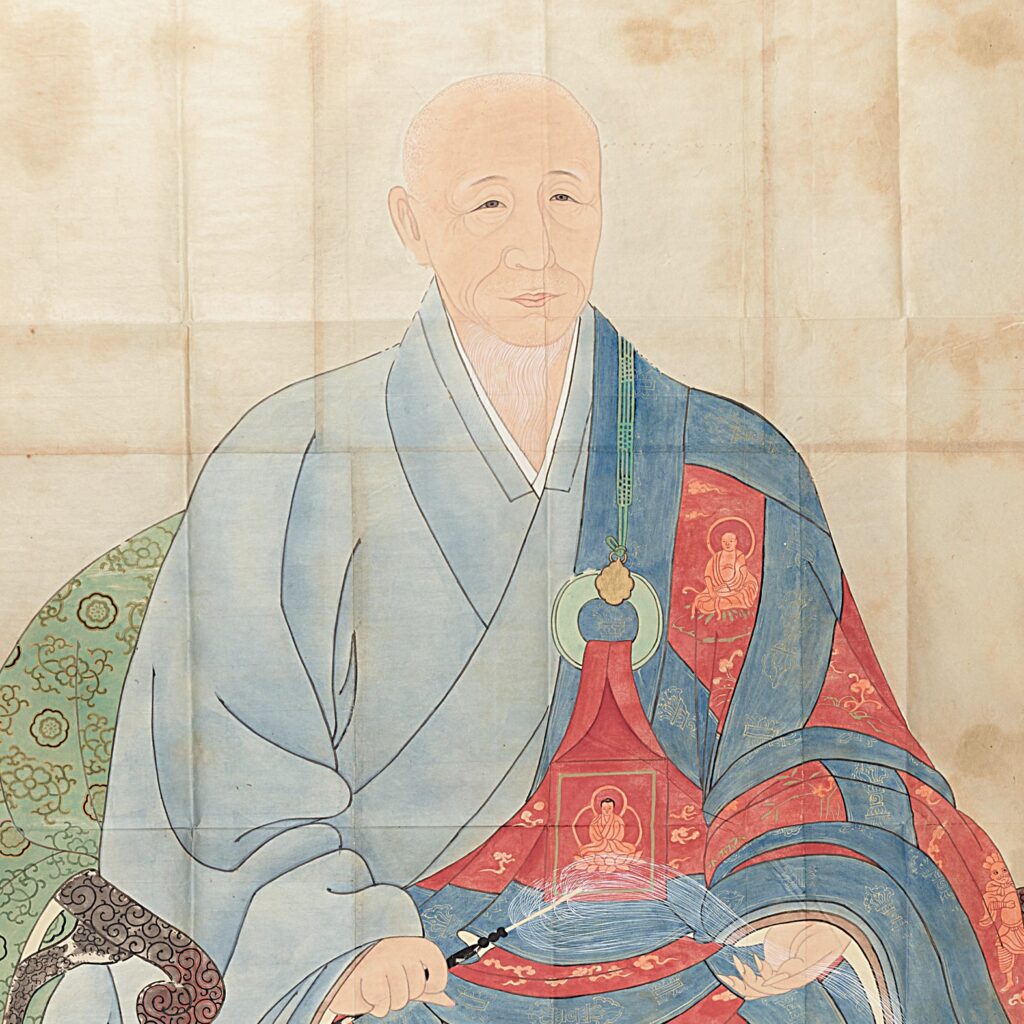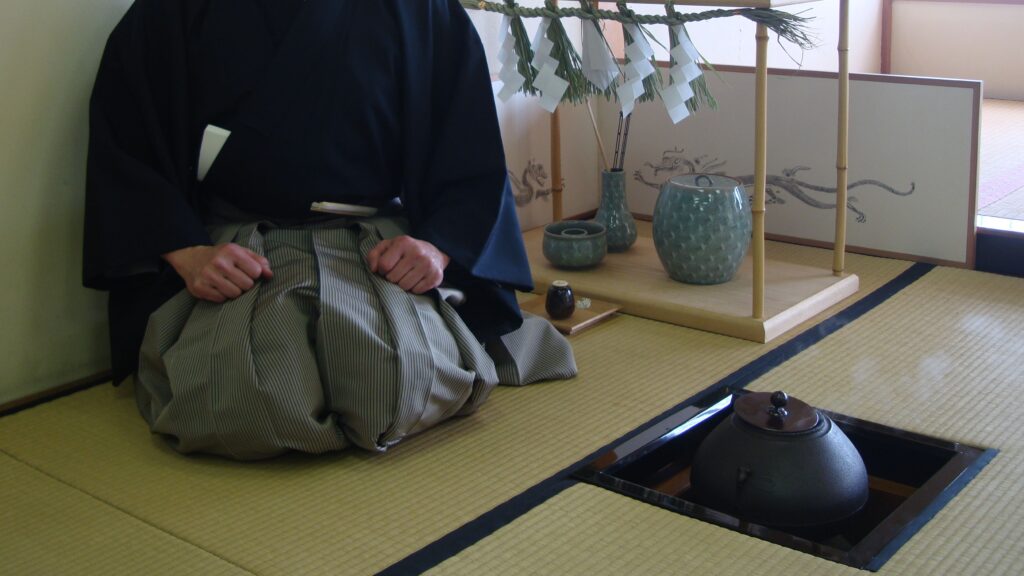Japanese Historical figures have played a significant role in shaping Japanese history since ancient times. From emperors and court nobles to samurai, Buddhists, Shintoists, and cultural figures such as tea masters and painters, their impact can still be felt today through the various historical sites scattered throughout Japan. On this page, we will introduce some of the major individuals whose legacies are closely tied to these historical sites. Uncovering their lives makes your travel to Japan more fascinating.
Shogun
Shogun governed the nation by military prowess, intelligence, economic power, and leadership qualities. Minamoto Yoritomo established the Kamakura shogunate and ruled as its military head of samurai, the first in Japanese history. After its collapse, the Ashikaga clan took control as the 15 successive shoguns of the Muromachi shogunate (1336-1590), which was later succeeded by the Tokugawa clan in the Edo period (1603-1868). >> Read More
Samurai
The samurai were originally warrior nobles in the Imperial Court during the Heian Period (794-1185). The first samurai government was established in Kamakura in 1185. As the shogun's power declined, powerful warlords sought to expand their territories, resulting in the Warring States Period. During the Edo period (1603-1868), Bushido and the martial arts of swordplay flourished. However, with the Meiji Restoration, the samurai era ended. >> Read More
Ninja
Greatly Active regardless of Day and Night on the Front Lines during the Warring States Period (1467-1590). Ninja, officially known as Shinobi, had mastered superhuman ninjutsu, the art of warfare. For the warlords, the Ninjas were indispensable for their victory in actual battles. >> Read More
Emperor, Prince, and Court nobles
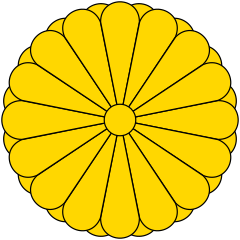
The Japanese imperial family boasts an unbroken line of emperors dating back approximately 1,500 years, in fact, and 2,600 years in myth. The role of the emperor has been one of ultimate authority. The Kyoto Imperial Palace has no defenses such as moats, stone walls, or watchtowers. Instead, it is surrounded by mud walls, making it completely unarmed. This reflects the Japanese people's deep respect for the Imperial Family and their belief that the Emperor would never be attacked by his people. >> Read More
Buddhists
Japanese Buddhism has developed various doctrines in response to the demands of the times since its introduction in 538. During the Nara period (710-794), Buddhism played a crucial role in stabilizing and protecting the nation. In the Heian period (794-1185), Buddhism gained prominence among the emperors and nobles for its role in individual salvation. Towards the late Heian period, people believed in the advent of the Mappo (the end of the world), and then the “Buddhism for Salvation" spread. Conversely, Zen Buddhism gained sympathy in the Samurai class due to its teachings on living without hesitation. >> Read More
Cultural figures
Tea Masters and Chanoyu, the Way of Tea
For nearly 700 years, from the Kamakura period (1185-1333) to the end of the Edo period (1603-1868), the chanoyu (the way of tea) flourished. It started with a Zen monk, Yosai/Eisai, introducing tea to the shogun of the Kamakura shogunate, marking the inception of tea culture among warlords as a form of spiritual training, closely linked to Zen philosophy. Its appeal lay in its physical medicine, as well as in soothing the hearts of warlords facing the ever-present specter of death. Moreover, tea became a potent political tool during the Warring States period (1467-1590) by Oda Nobunaga and Toyotomi Hideyoshi. It gave rise to numerous schools, produced countless national treasures and cultural assets, and created unique individual stories related to tea. Even today, chanoyu continues to hold a profound fascination, attracting enthusiasts from all walks of life, including the business world. >> Read More

